Getting an upper limb prosthetic is a life-changing experience. It brings back mobility, restores confidence, and allows people to regain independence in their daily lives. However, the journey from getting fitted to fully adapting to a prosthetic is not always smooth. Many users face challenges that can make the transition difficult, whether it’s discomfort, poor control, or difficulty performing everyday tasks.
A well-fitted prosthetic should feel like a natural extension of the body. But achieving this perfect fit requires patience, proper guidance, and the right technology. At Robobionics, we understand these challenges and are committed to providing solutions that make prosthetic fitment easier and more comfortable.
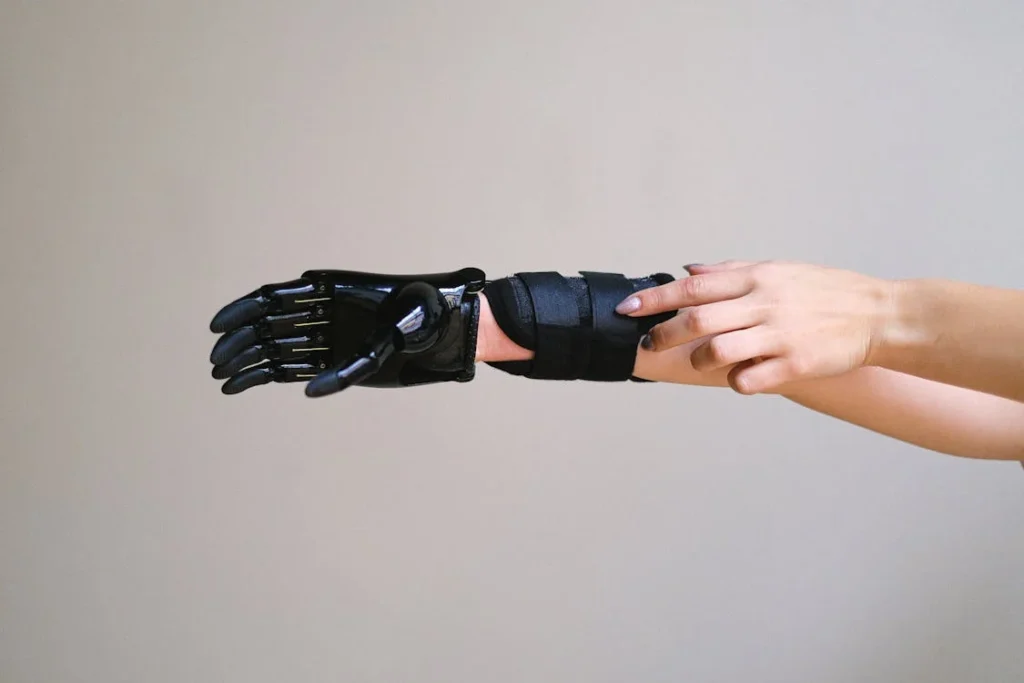
Discomfort and Fit Issues
One of the most common concerns with prosthetic fitment is discomfort. If a prosthetic doesn’t fit well, it can cause pain, irritation, or even skin damage.
This can make it difficult for users to wear their prosthetic for long periods or perform daily activities without frustration.
The Importance of a Properly Fitted Socket
The socket is the part of the prosthetic that connects to the residual limb.
A poorly fitted socket can cause excessive pressure on certain areas of the limb, leading to discomfort and even sores. This is why getting the right fit is critical.
Custom-made sockets, designed specifically for an individual’s residual limb, can make a huge difference.
Advances in 3D scanning and printing technology allow for highly precise socket designs that reduce pressure points and improve overall comfort.
At Robobionics, we use these technologies to ensure a snug yet comfortable fit that distributes weight evenly.
Adjustability is also key. Over time, the shape of the residual limb can change due to muscle growth, weight fluctuations, or swelling.
A socket that once fit perfectly may start to feel too tight or too loose. To address this, some prosthetic sockets now come with adjustable liners that allow for small modifications, ensuring a better fit even as the body changes.
Managing Skin Irritation and Sweating
Wearing a prosthetic socket for long hours can lead to skin problems, especially in hot or humid climates.
Excessive sweating can cause discomfort and even lead to bacterial infections if not properly managed.
One solution is using breathable liners made from moisture-wicking materials. These liners help absorb sweat and keep the skin dry, reducing the risk of irritation.
Regular hygiene routines, including cleaning both the residual limb and the prosthetic liner daily, also play a vital role in preventing skin problems.
Newer prosthetic designs are also incorporating ventilation features, allowing air to circulate within the socket and reduce sweating.
Some advanced models even include cooling technology to help users stay comfortable in all conditions.
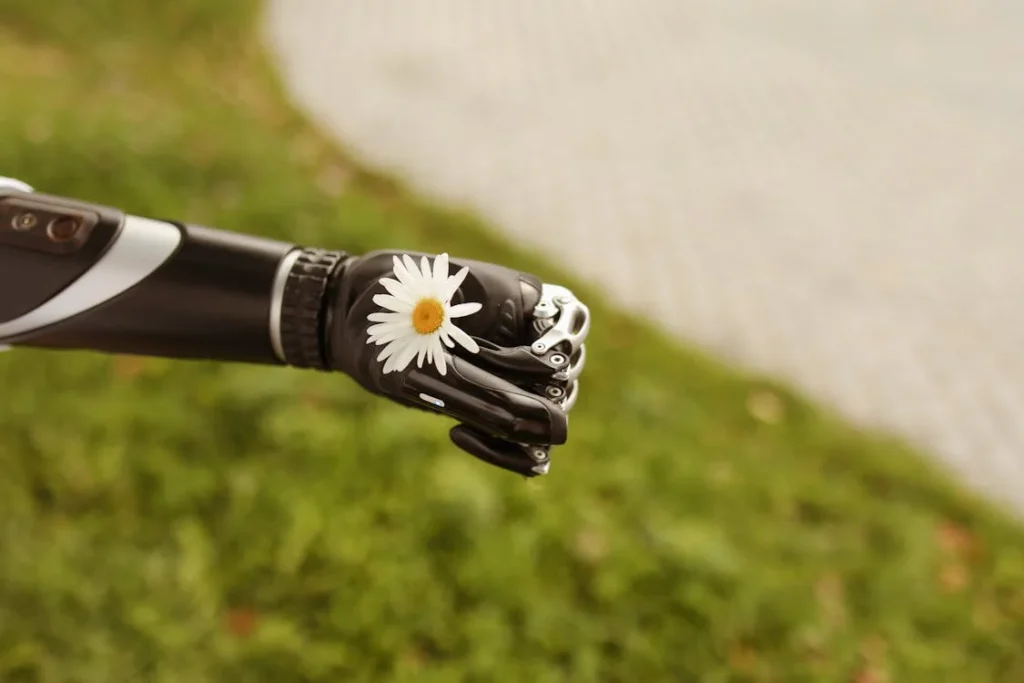
Enhancing Control and Grip Strength
Once a prosthetic fits comfortably, the next challenge is learning how to control it effectively.
Many users struggle with grip strength, finger movement, or the ability to perform fine motor tasks.
This can be frustrating, especially for those who want to regain independence in everyday activities like holding a cup, typing on a keyboard, or tying shoelaces.
Understanding Myoelectric Control
For users with myoelectric prosthetics, control depends on electrical signals generated by the muscles in the residual limb.
These signals are detected by sensors in the prosthetic, allowing the hand to open, close, and perform various movements.
However, if the muscles are weak or if the sensors are not positioned correctly, the prosthetic may not respond as expected.
One solution is targeted muscle training. Regular physical therapy can strengthen the muscles needed to control the prosthetic, making movements smoother and more natural.
Some users also benefit from electrode repositioning, where the sensors are adjusted to better detect muscle activity.
Advancements in artificial intelligence are also improving myoelectric control. AI-powered prosthetics learn from a user’s movements and adapt over time, making them easier to operate with minimal effort.
Robobionics’ Grippy™ hand, for example, is designed to provide precise control with minimal learning time.
Improving Grip Strength and Precision
Another challenge for prosthetic users is achieving the right balance between grip strength and precision. A weak grip may cause objects to slip, while too much pressure could lead to accidental breakage.
To address this, modern prosthetic hands come with multiple grip patterns, allowing users to switch between different modes for different tasks.
For example, a firm grip may be needed for carrying a grocery bag, while a delicate grip is more suitable for picking up a fragile object.
Learning how to switch between these grips effectively can take time, but practice and proper training make a big difference.
Haptic feedback is another promising innovation that helps users improve grip control. By providing subtle vibrations or pressure sensations, haptic-enabled prosthetics allow users to “feel” how much force they are applying.
This feedback makes it easier to judge grip strength and perform tasks with greater accuracy.
Adapting to Daily Tasks
Beyond grip strength, another challenge is learning how to use a prosthetic hand efficiently in real-life situations.
The transition is often difficult because natural hands perform complex movements automatically, while prosthetic users must consciously control every motion.
One effective approach is gamified rehabilitation, where users practice movements through interactive exercises or video games. This method helps build muscle memory and makes training more engaging.
Virtual reality simulations are also being used to help users practice real-world scenarios in a controlled environment.
The goal is to make prosthetic control feel as natural as possible. With continued use and proper training, most users are able to perform daily activities with confidence and ease.
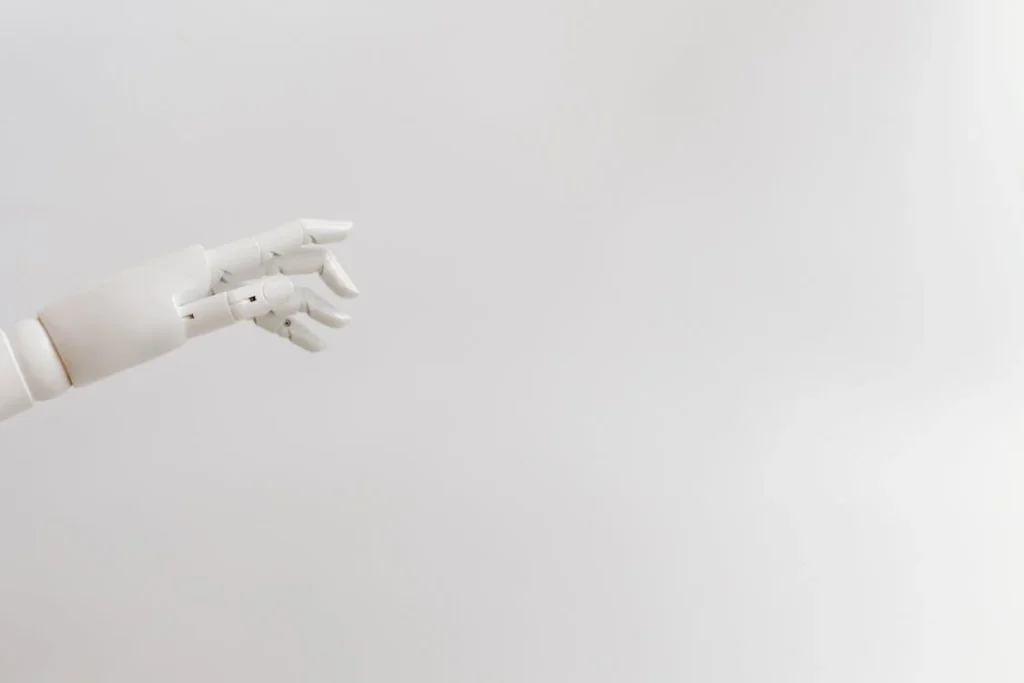
Overcoming Weight and Fatigue Issues
Another common challenge with upper limb prosthetics is weight. Many prosthetic users find their device too heavy, leading to fatigue, muscle strain, or even avoidance of use altogether.
This issue is particularly important for people who wear their prosthetic hand for long hours, such as while working, driving, or performing daily household tasks.
The Impact of Prosthetic Weight on Comfort
A prosthetic hand should be strong and durable, but also lightweight enough to prevent strain on the residual limb and shoulder.
If a prosthetic is too heavy, it can cause discomfort, affect posture, and make prolonged use difficult. Some users may even experience shoulder or neck pain due to the extra load on one side of the body.
Balancing weight and durability is a challenge in prosthetic design. Traditional prosthetics made from metal and hard plastics often feel too heavy, especially for users with shorter residual limbs who don’t have as much muscle support.
Advances in Lightweight Materials
The good news is that modern prosthetics are becoming lighter thanks to advances in materials and engineering.
Carbon fiber composites, for example, offer exceptional strength while remaining much lighter than metal.
3D printing has also allowed for the creation of prosthetic hands with hollow yet sturdy structures, significantly reducing weight without sacrificing durability.
At Robobionics, we focus on designing prosthetics that are both lightweight and strong, ensuring that users can wear them for extended periods without discomfort.
The Grippy™ hand, for instance, is made from advanced 3D-printed materials that keep it light while maintaining excellent grip strength and durability.
Managing Fatigue with Ergonomic Design
Beyond materials, ergonomic design plays a crucial role in reducing fatigue. A well-balanced prosthetic that distributes weight evenly helps users avoid unnecessary strain.
Some newer designs incorporate shock-absorbing elements to minimize the impact of movement, making the prosthetic feel more natural.
Another important factor is the attachment system. If a prosthetic is not securely attached to the residual limb, it may require extra effort to control, leading to faster exhaustion.
Adjustable socket systems and flexible harness designs help ensure a secure but comfortable fit, reducing the amount of energy needed to operate the device.
Strength Training and Endurance Building
For new prosthetic users, even a lightweight device can feel heavy at first. This is because the muscles in the residual limb and shoulder may not be accustomed to supporting the additional weight.
Strength training and endurance-building exercises can help users gradually adjust.
Physical therapy plays a crucial role in this process. Exercises focused on strengthening the shoulder, back, and arm muscles help users build the stamina needed for daily prosthetic use.
Occupational therapy can also provide strategies for reducing strain, such as switching hands for certain tasks or using assistive devices to distribute effort more evenly.
The Future of Lightweight Prosthetics
As technology continues to evolve, prosthetic hands will become even lighter and more efficient.
Advances in bionic design, AI-driven movement assistance, and new materials will help reduce the burden on users while improving overall functionality. By 2030, prosthetics may feel nearly weightless, allowing for even greater comfort and usability.
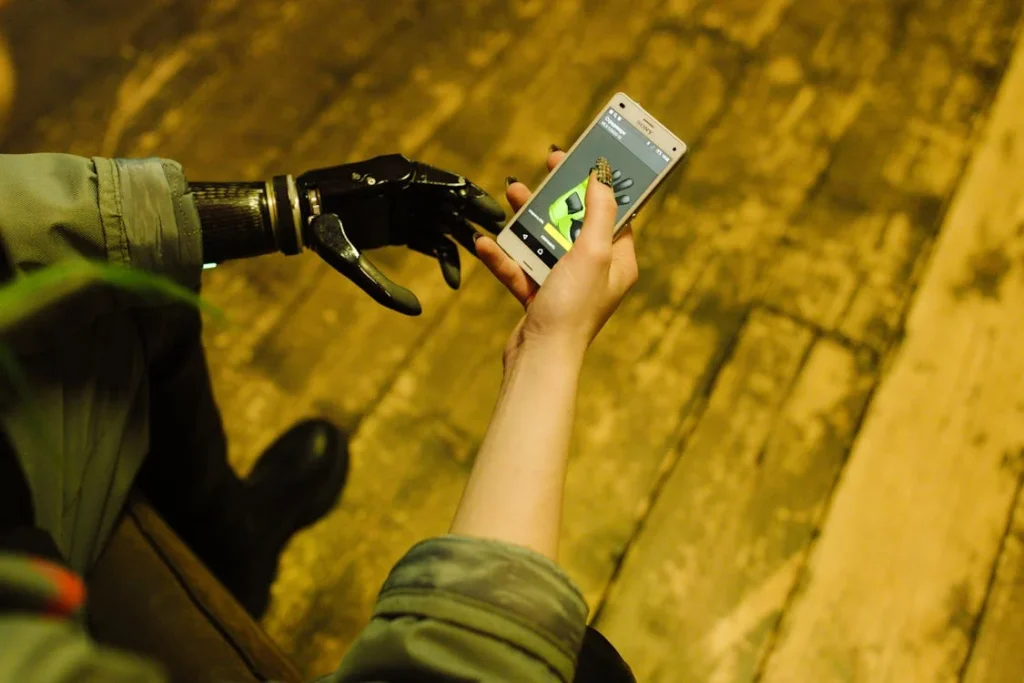
Addressing Psychological and Emotional Challenges
Adapting to an upper limb prosthetic is not just a physical journey—it is also an emotional one.
Many people experience a mix of emotions, from excitement and hope to frustration and self-consciousness. Learning to use a prosthetic hand takes time, and for some, the psychological hurdles can be just as challenging as the physical ones.
Coping with the Emotional Adjustment
Losing a limb, whether due to injury, illness, or a congenital condition, is a life-changing event.
Even after receiving a prosthetic hand, some users struggle with feelings of loss, frustration, or even identity changes. It is common to feel disconnected from the prosthetic at first, as it does not immediately feel like a part of the body.
One of the best ways to overcome these emotional challenges is through gradual adaptation.
Instead of expecting instant mastery, users should take small steps, wearing the prosthetic for short periods and gradually increasing their usage as they build confidence.
Surrounding oneself with a supportive community—whether family, friends, or other prosthetic users—can also help in making the transition smoother.
Overcoming Self-Consciousness and Social Stigma
For many prosthetic users, concerns about appearance and social acceptance can be overwhelming. Some worry about how others will perceive them, whether they will be stared at in public, or if they will face discrimination in professional settings.
Modern prosthetic designs are helping change the way people view prosthetics. Instead of looking purely functional, many prosthetic hands are now sleek, stylish, and customizable.
Some users even embrace their prosthetic as a personal statement, choosing bold colors, artistic designs, or even bionic-looking models that highlight the technology.
Building self-confidence is key. Connecting with other prosthetic users through peer support groups or online communities can help individuals see that they are not alone.
Sharing experiences, challenges, and victories with others who understand can be incredibly empowering.
Dealing with Phantom Limb Sensations
Another emotional and psychological challenge is phantom limb sensation or phantom limb pain. This occurs when an individual feels sensations—such as tingling, itching, or even pain—in the limb that is no longer there.
For some, these sensations can be mild and temporary, while for others, they can be persistent and distressing.
One approach to managing phantom limb pain is mirror therapy. By using a mirror to create the illusion of the missing limb, the brain can be retrained to reduce pain signals.
Some users also find relief through sensory feedback from their prosthetic, as haptic technology provides real-time input that helps the brain reconnect with the artificial limb.
Psychological Support and Counseling
The emotional adjustment to a prosthetic hand should not be faced alone. Psychological counseling and therapy can provide valuable tools for coping with stress, anxiety, and frustration.
Many prosthetic clinics now offer counseling services alongside physical rehabilitation, recognizing that mental well-being is just as important as physical function.
Acceptance takes time, but with patience, support, and the right mindset, users can fully embrace their prosthetic and regain confidence in their daily lives.
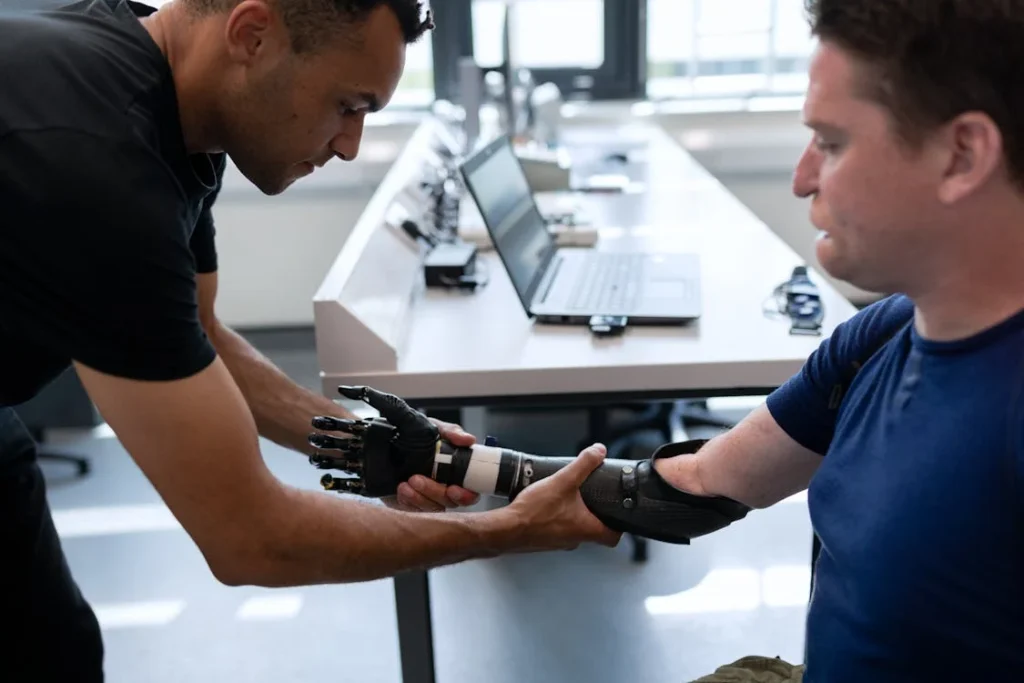
The Importance of Proper Training and Rehabilitation
Getting an upper limb prosthetic is just the beginning. To use it effectively, users must go through training and rehabilitation to develop control, strength, and confidence.
Many new users struggle with their prosthetic at first, feeling frustrated when movements don’t come naturally.
However, with the right approach, anyone can learn to integrate their prosthetic into daily life with ease.
Learning How to Control a Prosthetic Hand
For those using myoelectric prosthetics, learning how to control the hand can feel unnatural at first.
Unlike a natural hand, which responds instantly to brain signals, a prosthetic relies on muscle movements from the residual limb. This means users need to train their muscles to send the right signals, which can take time.
One of the most effective ways to speed up this learning process is through biofeedback training. This technique uses sensors and visual cues to help users understand how their muscle contractions affect the prosthetic’s movement.
By practicing in a controlled setting, users can refine their control and build muscle memory.
Additionally, virtual reality and simulation training are becoming popular tools in rehabilitation.
By allowing users to practice movements in a digital environment, these systems provide a safe and engaging way to develop control before using the prosthetic in real-life situations.
Strengthening the Residual Limb and Shoulder
Controlling a prosthetic hand requires strength—not just in the residual limb, but also in the shoulder, chest, and upper back.
Many new users experience muscle fatigue because they haven’t yet developed the endurance needed to wear and operate their prosthetic for long periods.
Physical therapy is an essential part of the adaptation process. Therapists guide users through exercises designed to strengthen the muscles that support the prosthetic, improving stamina and reducing strain.
Simple activities like resistance training, stretching, and mobility drills can make a huge difference in comfort and performance.
Some users may also need to retrain their brain to use their remaining muscles more efficiently.
Adaptive exercises, such as practicing fine motor movements with the opposite hand or engaging in targeted strength-building routines, can help improve coordination and control.
Practicing Everyday Activities
One of the biggest concerns new prosthetic users have is whether they will be able to perform everyday tasks with ease.
Simple actions like holding utensils, turning doorknobs, or buttoning a shirt can feel difficult at first. However, with regular practice, these movements become second nature.
Occupational therapy plays a key role in this stage of rehabilitation. Therapists work with users to develop strategies for common daily tasks, teaching techniques that maximize efficiency and minimize frustration.
Many users also benefit from practicing real-life scenarios, such as preparing meals, writing, or using electronic devices, in a controlled training environment before transitioning to full independence.
Long-Term Adaptation and Maintenance
Rehabilitation doesn’t stop after the first few months. As users become more skilled in operating their prosthetic, they must continue refining their control and adapting to new challenges.
Some may need periodic adjustments to their prosthetic as their residual limb changes over time. Others may explore advanced features, such as different grip modes or additional sensory feedback, to enhance their experience.
Maintaining an active lifestyle is crucial for long-term success. Regular exercise, ongoing physical therapy, and continuous practice ensure that users remain comfortable and confident in their prosthetic for years to come.

Ensuring Long-Term Comfort and Functionality
A well-fitted and properly trained prosthetic user can experience a great improvement in mobility and independence.
However, long-term comfort and functionality require ongoing attention. Prosthetic devices are not a one-time solution—they require regular maintenance, occasional adjustments, and continuous adaptation to the user’s changing needs.
Many users also encounter unexpected challenges as they integrate their prosthetic into different aspects of their daily life. Understanding these long-term factors ensures that users get the best possible experience from their prosthetic hand.
Regular Maintenance and Repairs
Like any advanced device, a prosthetic hand requires maintenance to function optimally. Over time, components can wear out, sockets may loosen, and sensors might become less responsive.
Regular check-ups with a prosthetist help catch potential issues early, preventing discomfort or sudden malfunctions.
For myoelectric prosthetics, battery life and electronic components need to be monitored. Ensuring that the battery is properly charged and not overused helps extend its lifespan.
Some users find it helpful to keep a spare battery or charger on hand, particularly for long workdays or travel.
For mechanical prosthetics, hinges and joints may require occasional lubrication or tightening to maintain smooth movement. Wear and tear can vary based on how often and in what conditions the prosthetic is used.
A prosthetic designed for daily office work will experience different stress compared to one used in physical labor or sports.
At Robobionics, we emphasize local service and easy repairs. Unlike imported prosthetics that require overseas servicing, our designs prioritize quick, efficient maintenance, ensuring that users don’t experience long downtimes if their device needs repairs.
Adjusting to Changes in the Residual Limb
A prosthetic hand that fits perfectly today may not fit the same way in a few months or years. The residual limb can change shape over time due to muscle gain, weight fluctuations, or natural healing processes.
These changes can lead to discomfort, pressure sores, or even difficulty controlling the prosthetic.
One way to address this is by using adjustable sockets. Some modern prosthetic sockets are designed with flexible liners that accommodate slight variations in limb size.
Other solutions include custom-fitted inserts or padding adjustments to maintain a snug yet comfortable fit.
Users should regularly monitor their residual limb for any signs of irritation, swelling, or pressure points.
If discomfort arises, seeking a professional adjustment sooner rather than later can prevent more serious complications.
Lifestyle Adaptation and Occupational Challenges
Every prosthetic user has unique needs based on their lifestyle, profession, and hobbies. Some may require specialized prosthetic attachments for tasks like cooking, sports, or playing musical instruments.
Others may need adaptations for their work environment, such as voice-controlled technology or assistive tools that complement their prosthetic use.
For those working in physically demanding jobs, durability and grip strength become top priorities.
Some prosthetic hands come with interchangeable grips, allowing users to switch between different hand shapes or attachment types depending on the task at hand.
Meanwhile, users in office settings may prioritize dexterity and lightweight comfort, ensuring that typing, writing, or using a touchscreen feels as natural as possible.
Some companies now offer workplace accessibility programs to support employees with prosthetic needs, ensuring they have the right tools to perform their job efficiently.
Emotional and Social Growth Over Time
Beyond the technical aspects of prosthetic use, long-term adaptation also includes social and emotional growth.
As users become more comfortable with their prosthetic, they often find new ways to integrate it into their self-image and daily interactions.
Some users initially struggle with social anxiety related to their prosthetic, but over time, many embrace it as part of their identity.
Advances in prosthetic aesthetics—such as customizable colors, designs, and even artistic prosthetics—allow users to make their device a personal statement.
Community support is also crucial for long-term well-being. Engaging with other prosthetic users through peer support groups, online forums, or rehabilitation programs can provide motivation and encouragement.
Learning from others who have faced similar challenges makes the journey easier and less isolating.
The Future of Long-Term Prosthetic Solutions
As technology continues to advance, the future of upper limb prosthetics will focus not just on innovation but also on sustainability, affordability, and personalization.
Future prosthetics may feature AI-driven auto-adjustments, self-repairing materials, and even direct neural integration, making the connection between the user and the prosthetic more seamless than ever before.
At Robobionics, we remain committed to developing prosthetic solutions that evolve with the user’s needs, ensuring that everyone has access to a device that enhances their mobility, confidence, and independence for years to come.
Conclusion
The journey to finding the right upper limb prosthetic comes with challenges, but with the right solutions, users can achieve comfort, control, and independence. From ensuring a perfect fit to mastering movement and adapting to daily life, each step requires patience and support. Advances in lightweight materials, AI-driven control, and adjustable sockets are making prosthetics more user-friendly and accessible than ever before.
Long-term success depends on proper training, regular maintenance, and adapting to changes in the body. Emotional resilience is just as important as physical rehabilitation, and connecting with a supportive community can make all the difference.
At Robobionics, we are dedicated to providing advanced, comfortable, and affordable prosthetic solutions that grow with the user’s needs. If you or a loved one is looking for a reliable, high-quality prosthetic hand, book a free demo of Grippy™ today and experience the next generation of bionic technology. Your journey to confidence and independence starts here.



